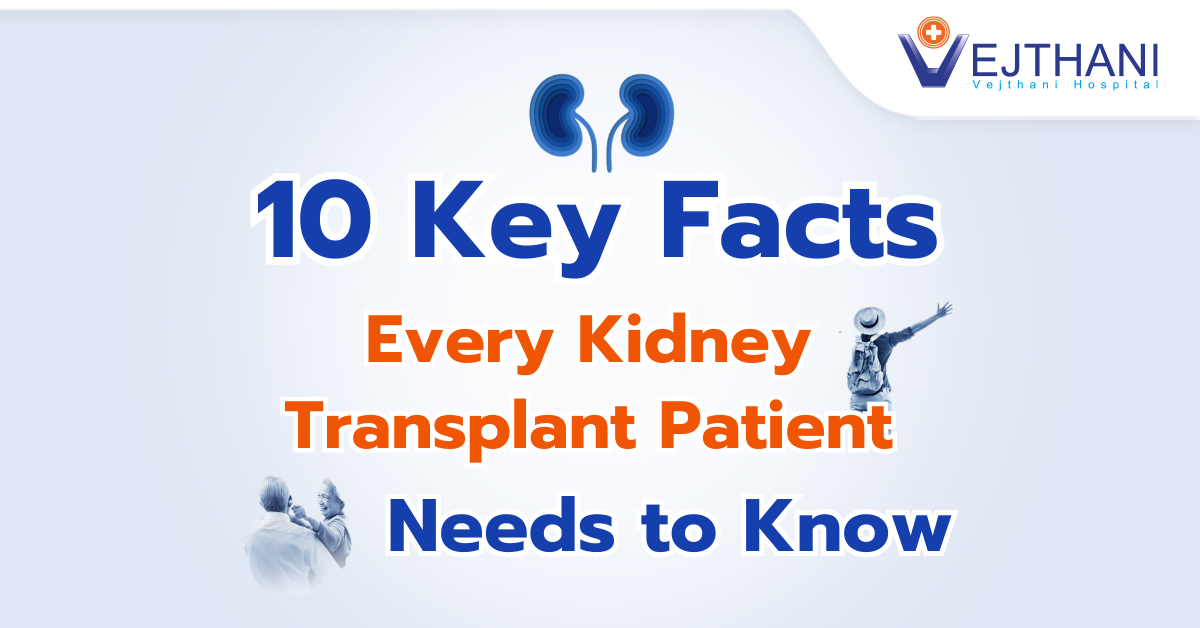
Intercostal nerve block
Overview
An intercostal nerve block is a procedure where medication is injected under a rib to provide temporary pain relief in the chest or upper abdomen. Your healthcare providers use this block to help alleviate pain from conditions like post-herpetic neuralgia, rib fractures, and chest surgeries. They also uses this procedure to diagnose the source of pain.
Underneath each rib, there are intercostal nerves. Pain may result from inflammation or irritation of these nerves or the tissues around them. A local anesthetic and steroid medicine combination is used in a nerve block procedure to successfully reduce inflammation and relieve this pain.
Reasons for undergoing the procedure
Intercostal nerve blocks serve various purposes, primarily providing temporary relief from both acute (sudden and brief) and chronic (long-term) pain. Additionally, these blocks may reduce inflammation and facilitate nerve healing. They are particularly beneficial for alleviating pain associated with:
- Rib fractures
- Post-herpetic neuralgia
Intercostal nerve blocks are a common preoperative treatment used by anesthesiologists and surgeons to assist control postoperative pain. For complicated surgeries, this is typically used in addition to general anesthesia. An intercostal nerve block may be an option for certain minor operations in place of general anesthesia. Intercostal nerve blocks can be used by healthcare providers for:
- Breast surgery.
- Thoracic surgery or chest surgery.
- Thoracostomy or chest tube placement.
- Upper abdominal surgery.
Intercostal nerve blocks are another tool that healthcare providers may use to differentiate between somatic and visceral pain. Somatic pain comes from tissues such as muscles, skin, or joints, whereas visceral pain comes from internal organs. Visceral pain is difficult to localize precisely because it is usually described as deep, crushing, and vague.
Risks
The injection site may bruise or be sore, but these side effects usually go away in a few days. While they are rare, serious risks may include the following:
- Bleeding.
- Infection.
- Nerve damage.
- Collapsed lung.
Before the procedure
Generally, preparing for an intercostal nerve block doesn’t require special steps. However, it’s essential to inform your healthcare provider if you’re taking blood thinners like warfarin. These medications can raise the risk of bleeding after the injection, so be sure to consult your prescribing healthcare provider before stopping them.
In some cases, your provider may recommend sedation for the procedure. If so, you’ll need to fast for six to eight hours beforehand and arrange for someone else to drive you home afterward. Your healthcare provider will provide detailed instructions on how to prepare for the treatment. It’s crucial to follow their guidance closely and ask any questions you may have.
During the procedure
During an intercostal nerve block procedure, you can generally expect the following:
- You will lie on a table, either on your side (opposite to the side causing pain) or on your stomach.
- A mild sedative may be administered through an IV line in your arm to help you relax.
- The healthcare provider will cleanse your skin with an antiseptic solution. They will then inject a local anesthetic to numb the area where the nerve block will be administered. As the needle penetrates your skin, you can still experience some discomfort or a pinch.
- To determine the exact injection site, the healthcare provider may use imaging guiding techniques like fluoroscopy or ultrasound. The injection site for the medication will be as close to the affected nerve as possible.
- You will rest following the procedure until the medication starts to work.
After the procedure
Following the injection, you will rest for 15 to 30 minutes to allow the medication to take effect. During this time, a nurse will monitor you to ensure there are no unexpected side effects. Once observed, you will be able to go home.
Outcome
Intercostal nerve blocks generally offer successful temporary pain relief, although the duration can vary from person to person. Healthcare providers favor this type of nerve block for its accessibility compared to others. However, some individuals may not experience significant relief from an intercostal nerve block, leading to the need for alternative treatment methods.
The duration of pain relief varies as well. Immediate relief may occur right after the injection, but the pain could return within hours as the anesthetic wears off. Longer-lasting relief typically begins in two to three days as the steroid medication takes effect. For some, the relief can last several months, and if the treatment is effective, periodic injections may help manage discomfort.
If you notice any new symptoms or complications such as signs of infection (fever, redness, or pus at the injection site) or nerve-related issues like weakness or tingling, it’s important to contact your healthcare provider promptly.
Contact Information
service@vejthani.com






















